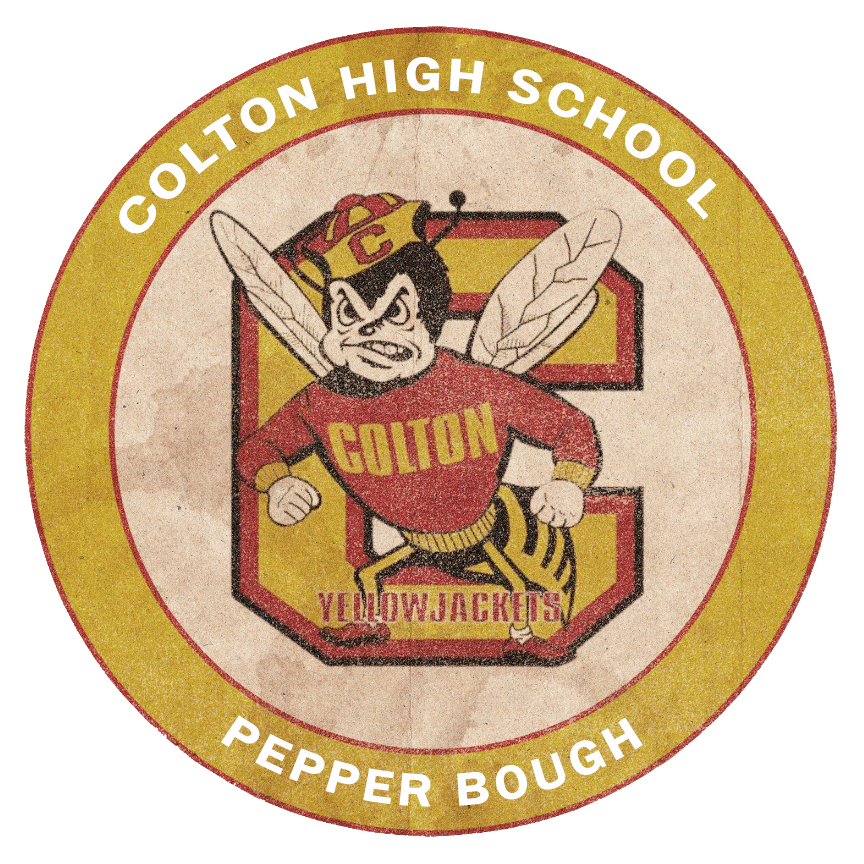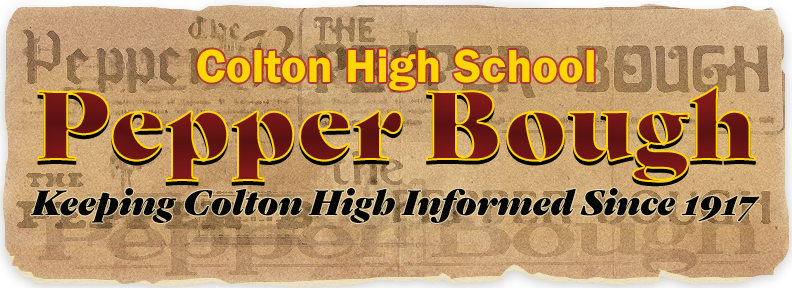Sixteen years.
Sixteen years have passed, and he can still hear the disembodied voice coming over the intercom in his classroom that spring day after school. The voice seemed urgent, maybe even a little scared. “All personnel on campus, this is not a drill. Possible campus invasion. Please find a classroom and stay in it. Lock all doors. I repeat: lock all doors. The campus is now on lockdown.”
English and Journalism teacher Dave Rainey stares out the window as he remembers that day. May 22, 1996. He was preparing to go home for the day: it was just past 2:20 p.m. and he was cleaning up his classroom, room 103 in the music wing, when the announcement split the air like a siren.
He poked his head out of his door and peered across the hall. James Trapasso, a special education teacher who had the room across from Rainey’s, peeked out himself. “What is it?” Rainey asked.
“They’re saying someone with a gun,” Trapasso said ominously. “We better stay away from the windows. I’m locking my door now.”
It wasn’t until the next morning that Rainey found out what it was all about. Ninth grade student Xavier Castro, 14, had been walking home from school with several of his friends. As they made their way off campus, the group was accosted by a young gunman who began firing. Castro, hit in the leg, pushed his friends into a side yard for protection before falling to the pavement with a severe wound. The gunman came over to Castro, lying on the sidewalk, and aimed a shot at his head as he lay helpless. The gunman fired point blank.
Castro died instantly as the gunman fled back towards campus, hoping to blend in with the students milling around after school.
Students were devastated. Castro, while only a ninth grader, was well known around campus. An extremely popular freshman known as “Sexy X,” he had a coterie of girl fans whom he playfully bantered with in class. After the murder, the girls were inconsolable. Some fashioned memorial airbrushed T-Shirts with his likeness, saying “We miss you Sexy X.”
Besides the students Castro was walking with, there was another witness to the murder: a telephone lineman, working high on a telephone poll overlooking the entire scene. He was able to identify the gunman as expelled Colton High student Ascencion Gomez, 14. It came out at Gomez’ trial that he was a recent transplant to the Inland Empire from Los Angeles, and was using the shooting as a way to bolster his “street cred” with the 18th St. gang. Gomez was found guilty of murder and, although only 14, was sentenced as an adult. He is currently serving a life sentence in state prison.
Rainey passes by the murder site every day on his way to school. The house on a narrow side street near campus, on “G” Street, hasn’t changed much. It still has the white painted wrought-iron fencing surrounding the yard—the yard Castro pushed his friends into as the firing began.
Of course, the bloodstains on the sidewalk where Castro was brutally executed have long since been washed away. The flowers that adorned the murder scene only lasted about a week.
Only a handful of Colton High teachers remain on campus today who were there on the day of the murder. Of course, all of the students who went to CHS back then have all moved on. The Castro family filed a wrongful death lawsuit against the district at the time, which was reportedly settled out of court, and moved away. The only evidence of the shooting that remains on campus is an old, framed copy of the Pepper Bough, the campus newspaper, reporting the shooting that May afternoon. It sits on a ledge above the whiteboard in Rainey’s journalism classroom.
“We had the last issue of the year ready to go to press,” says Rainey, then as now the adviser for the school paper, a position he has held for the past 17 years. “We pulled the front page and reworked it immediately. My editor in chief wrote the story that night and we went to press the next day.” The paper hit the campus two days later, while the murder was still fresh in everyone’s minds.
The shocking murder, just steps from the campus, seems distant in memory now. Gang violence was a fact of life around Colton High in the 90s; the iron fences surrounding the school are a legacy of an on-campus murder in 1992 when a student from another school walked off the street right onto campus and hunted down Buddy Guitron, a student, shooting him to death along the walkway of the 300 wing in front of horrified onlookers. Trends have changed; and while gangs are still a fact of life in the Inland Empire, the school is not inundated with regular murders as it was a decade or more ago.
Still, Rainey remembers. “The crime was shocking, and it affected everybody,” he remembers. “I didn’t have Xavier in my classes, but I knew a lot of students who knew him. It was very sad.”
The Castro family is gone as, of course, is Ascencion Gomez. Rainey has long since moved to a different classroom. A teacher who befriended Gomez and had allowed him in her classroom just after the murder, even though as an expelled student he was not allowed on campus, was let go by the district. Rainey points to the yellowed copy of the Pepper Bough, with the picture of Castro peering out from the past.
“We shouldn’t forget what happened,” Rainey says quietly. “Or it may happen again.”



